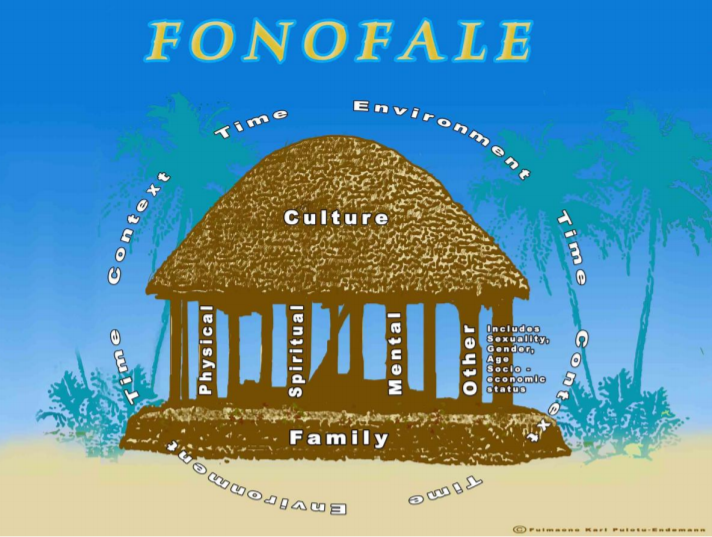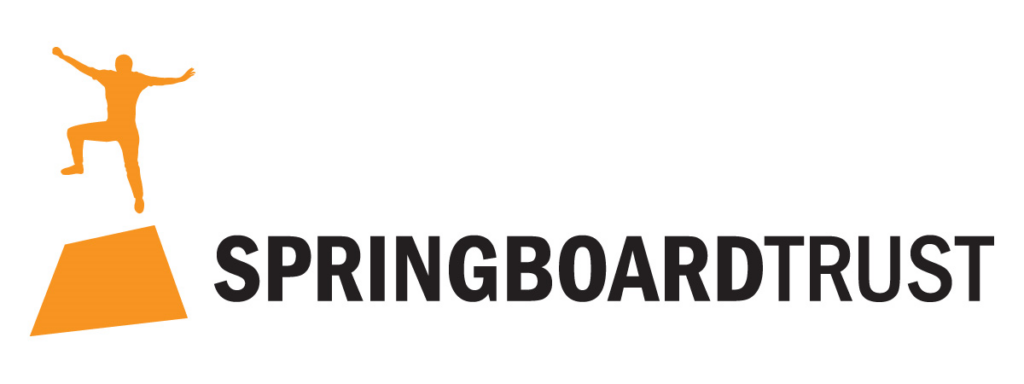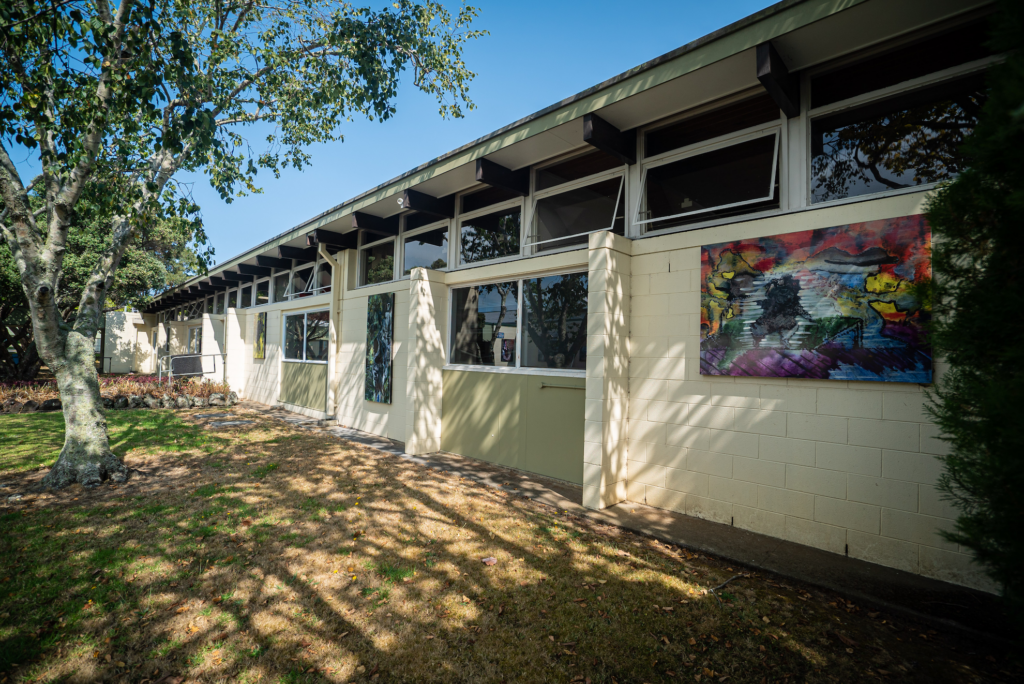It’s Vaiaso o le Gagana Samoa 2020 – a time to celebrate Samoan language, culture and identity. And this year, the theme is Tapena sau ōso mo lau malaga, which translates to “prepare yourself a gift for your travels”.
So, in line with this – and our recent focus on resilience during a crisis – we would like to highlight a model of wellbeing that all leaders can learn from, one that finds its roots in Samoa: the Fonofale model of health.
What is the Fonofale model of health?
Developed by Samoan-born academic Fuimaono Karl Pulotu-Endemann, the Fonofale model of health is a system of wellbeing that acknowledges and embraces Pacific perspectives.
It is a model built around a simple idea: the Samoan fale, or house. However, it includes elements from many nations, including the Cook Islands, Niue, Fiji, Tokelau and Tonga.
This fale represents one’s overall wellbeing, and is comprised of multiple individual elements.
- The floor, or foundation, represents aiga – family. Not just your immediate relatives, but extended family and anyone you are linked to by partnership or agreement.
- The roof is your culture, your beliefs and value system that provide protection and shelter. Pulotu-Endemann notes that this can be traditional beliefs tied to a specific Pacific identity, but can also focus more on Palagi identity and values.
These two parts of the fale structure are then supported – figuratively and literally – by four pou (pillars). They represent the spiritual, the physical, mental and ‘other’ aspects of your wellbeing. Other includes elements like sexuality, socio-economic status and gender.
No one part of this fale stands in isolation – they are all reliant on and supportive of one another. Then, all around the fale, sits a circle, boundary or cocoon that has the final three elements:
- The environment surrounds the fale, and is focused on the physical setting, no matter where you are.
- Time and context relate to, respectively, a point in time that impacts Pacific people and the surrounding socio-economic, political, legal or personal context that shapes who you are.
For many people, this might be a new way of looking at wellbeing. Typically, we might only consider two or three elements of this when looking at how we’re feeling, or what we can change to improve our situation. But in times when we need to take the utmost care with our wellbeing, models like Fonofale show us a different way of approaching ourselves.

Why are models like Fonofale so important?
In New Zealand, it is critical that we apply a culturally competent lens to everything we do that involves Pacific or indigenous people – especially in schools.
Helping people learn and grow as themselves is paramount, and models like Fonofale (or Hauora, Te Vaka Atafaga, Kalaka and Fa’afaletui) help both leaders and learners do that. It also provides a far better framework when looking at issues like our widening mental health gap for Pacific youth.
And beyond cultural responsiveness, the Fonofale model of health has a lot it can teach about resilience and wellbeing. Mackay et al have noted that Māori and Pacific models have a strong focus on both connection and reciprocity which, in addition to adhering to the overarching principles of Te Tiriti, are likely to help the practice of looking after your wellbeing. On top of this, it has recently been foundational for helping older people reconnect with their identity and culture.
At a time when we’re emerging from two months of disconnect and relative isolation, Fonofale gives us a model for taking stock of everything in our lives, identifying what’s going well (and not), and charting a clear path to resilience and wellbeing.









